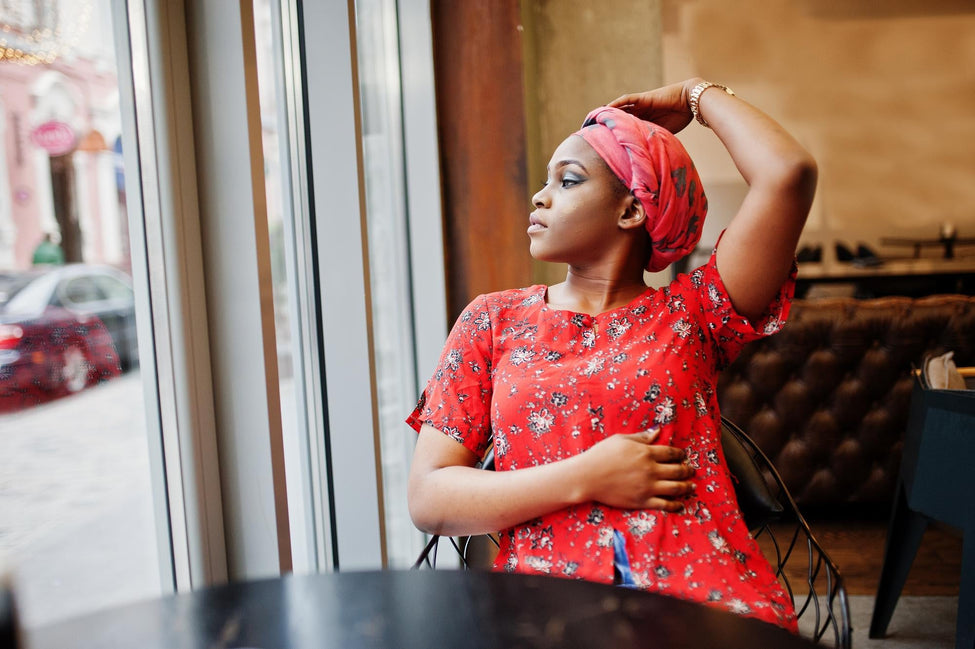In recent years, the hair bonnet has moved beyond a simple nighttime necessity to become a vibrant expression of culture, identity, and self-care. Among the many styles available, African fabric hair bonnets stand out—not just for their striking patterns and colors, but also for the rich heritage and functionality they embody.
What Is an African Fabric Hair Bonnet?
An African fabric hair bonnet is a protective hair covering, typically worn during sleep or as a stylish accessory. What sets these bonnets apart is their use of authentic African textiles such as Ankara, Kente, Dashiki, and Mudcloth. These fabrics are known for their bold prints, bright colors, and deep cultural symbolism.
The inside of the bonnet is usually lined with satin or silk, making it gentle on natural hair, especially textured or curly hair types, which are more prone to breakage, dryness, and frizz.
The Importance of Hair Protection
Hair bonnets serve a vital purpose, especially for individuals with natural, curly, coily, or chemically treated hair. Here’s why using a bonnet is beneficial:
-
Prevents breakage: The satin or silk lining reduces friction between your hair and pillow, minimizing split ends.
-
Retains moisture: Cotton pillowcases can absorb oils from your hair. A bonnet helps maintain moisture and hydration.
-
Preserves styles: Whether you have braids, twists, or a silk press, a bonnet helps extend the life of your hairstyle.
-
Reduces tangling: It keeps your strands contained and protected from unnecessary stress while you sleep.
Why Choose African Prints?
Wearing African fabric hair bonnets is more than a beauty routine—it’s a celebration of culture. Each pattern and color holds unique significance. For example:
-
Ankara prints often symbolize social status, love, and unity.
-
Kente cloth, originating from Ghana, was traditionally worn by royalty and symbolizes history and spirituality.
-
Dashiki patterns represent freedom, resistance, and Afrocentric pride.
By choosing a bonnet made with these textiles, you're not just protecting your hair—you’re also carrying forward a story of resilience, artistry, and identity.
Style Meets Functionality
Today’s African fabric bonnets are as fashionable as they are functional. Many brands offer reversible designs, adjustable sizes, and even matching sets with pajamas or robes. They’re perfect not only for bedtime but also for running errands or lounging at home in style.
How to Care for Your African Fabric Bonnet
To keep your bonnet fresh and long-lasting:
-
Hand wash or machine wash on a gentle cycle.
-
Air dry to preserve the elasticity and fabric quality.
-
Avoid bleach or harsh chemicals, which can damage the vibrant patterns and lining.
Final Thoughts
African fabric hair bonnets are a perfect blend of tradition, protection, and fashion. Whether you’re on a natural hair journey or simply looking for a meaningful way to connect with African heritage, this beautiful accessory is a must-have. It’s not just about hair—it’s about honoring yourself and your roots.

